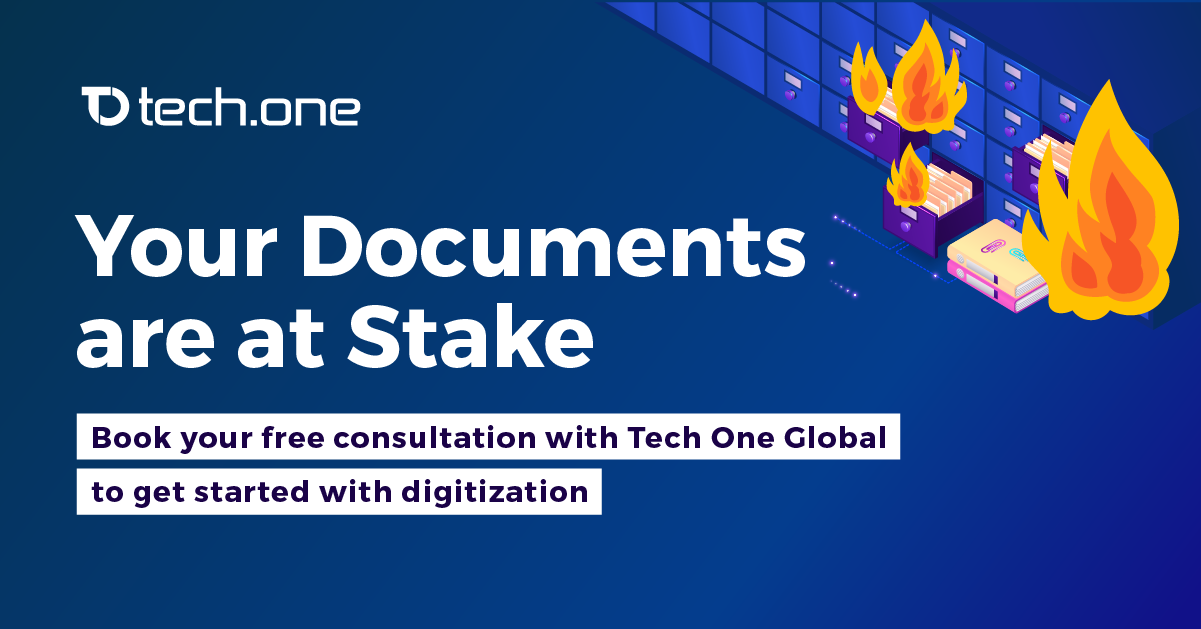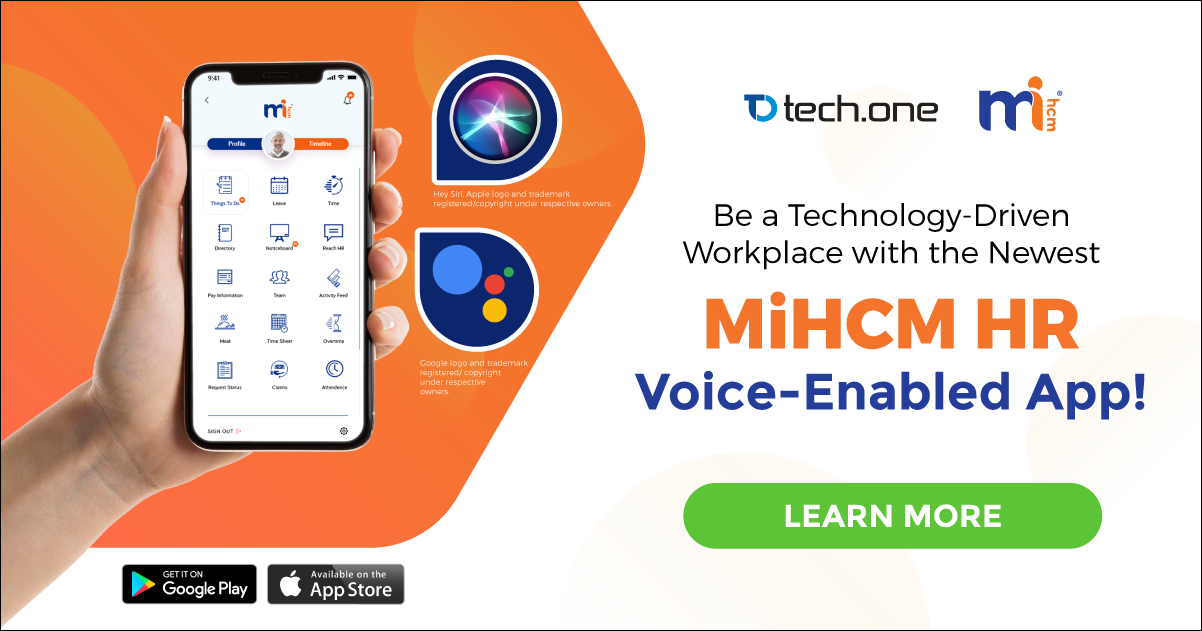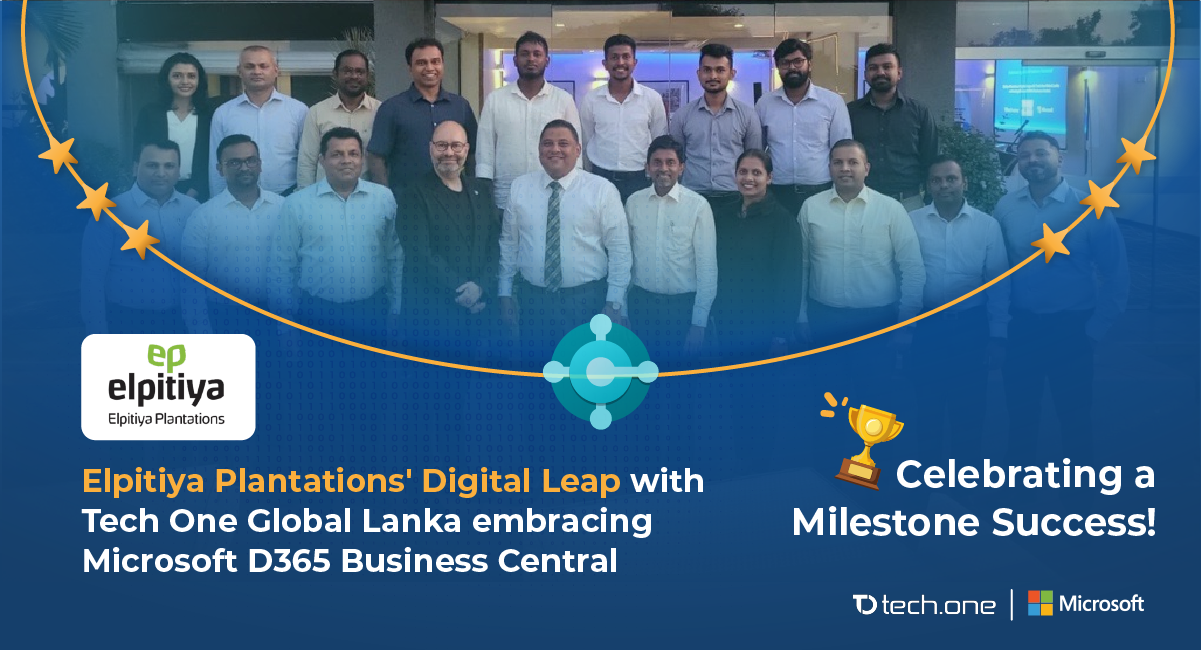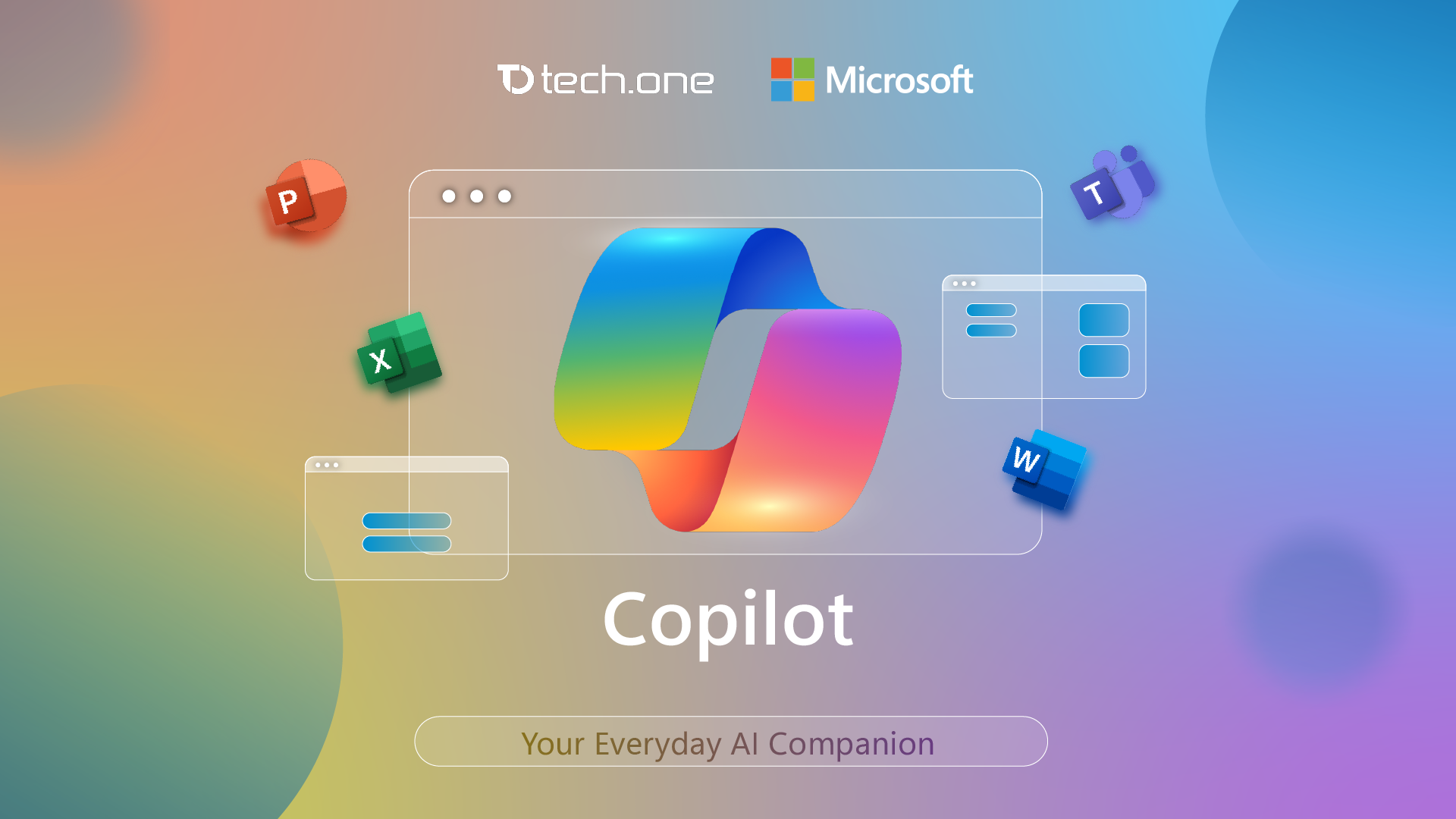
Lars Jeppesen, CEO of regional Microsoft partner Tech One, believes that digital transformation is the future of business. But with companies slow in changing long-standing processes in favor of unfamiliar ones, Jeppesen educates as many business owners and leaders as he can about the unseen dangers of legacy systems and help them embrace the benefits of going digital.
“Lost or damaged data, poor compliance to regulatory standards, lack of control over access to information and cost effectiveness in storage can result in serious harm for businesses,” warns the CEO.
On top of data security though, Jeppesen also believes unpredictable disasters—big or small—can and will cause a great deal of distress in an organization.
“What is a disaster? A disaster can just be an air conditioning unit leaking on some papers in the filing room. A lot of times people forget about documents after storing them. No one knows if, for example, employee records are kept intact,” he points out.
Jeppesen adds, “What happens in most organizations is they don’t actually have a backup of paper-based documents. So, in the aftermath of disaster, it’s harder to retrieve data that could be vital in resuming operations.”
Without a sturdy document backup plan, disasters can greatly handicap businesses. Therefore, Jeppesen stresses out the opportunities presented by digital transformation when it comes to data access and organization, security, and disaster recovery in making organizations stronger and more competitive.
Jeppesen shares what he believes is the best approach for digital transformation.
“Digital transformation has three stages. The first is digitization which is fixing the past – meaning it’s about collecting paper-based information and making digital copies. The next is digitalization which is focused on the present. After digitizing documents, we now make workflows paperless. These lead to digital transformation. This is where you create the future. It means that you leave manual and paper-based workflows behind and start executing them in digital ways.”
This is exactly the 3-step process Tech One’s document management solution addresses. Enadoc flaunts features like data capturing and indexing, records management, search, security and compliance, and disaster recovery capabilities for all business scales.
Fixing the past
BoxFiled aids organizations with their disaster preparedness plan by eliminating manual archiving and secure document backup, achieved with the scanning of both old paperwork and live documents.
Focusing on the present
Digitalization starts by transitioning from manual processes to digital platforms, ensuring safekeeping of data in the present to guarantee secure access in the future. Cue Enadoc, a top-notch document management system which combines digital storage and data security. With Microsoft Azure as its backend cloud partner, performance, reliability, and security are guaranteed.
When asked why Tech One chose Azure, Jeppesen had this to say, “Microsoft is one of the most cyber-attacked companies in the world. Because of that, they have the strongest security. They have people, thousands of people, who are working 24/7 just monitoring the internet, and seeing what’s happening in terms of intrusions, and that is really a very big benefit for our solution on the cloud. You really outsource the security from somebody who’s constantly attacked, so they know how to deal with it.”
Creating the future
To tie up the three-stage digital transformation process, integrating a paperless workflow is what an organization needs. Jeppesen’s team created Enadoc Zen, a robotic process automation (RPA) tool that streamlines and automates workflows, which eliminates physical transport of physical documents from one point to another—this enhances data security, minimizes time delays and reduces human errors.
“Document signatories are prompted to respond within a time frame. It eliminates the risk of data exposure which can happen if someone leaves a document on a desk,” shared Jeppesen.
Materializing this digital transformation journey sets organizations on the future of business—leaving manual, paper-based processes behind and transcending to digital and data-driven organizational environment.
“Digital transformation is still shrouded in the mist of doubt, especially to thriving markets. What can it do, how much does it cost, how should it begin are just some of the questions that are already answered by industry experts through studying or even experience. It’s just that the timing is within an organization’s control as to when they would step up and take their digital transformation journey… and we’re here to be with them through our three-step digital transformation paradigm… we’re here for those companies every step of the way,” Jeppesen said.
This article was also published on The Daily Tribune.






